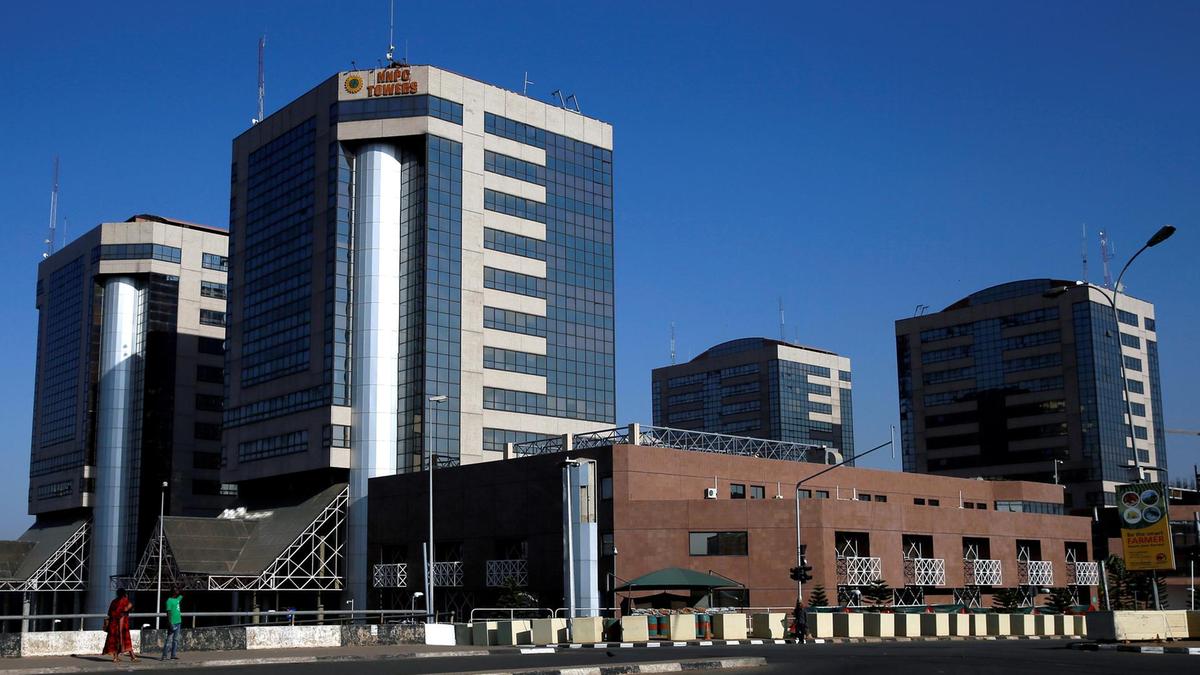Nigeria’s N2.6 trillion oil revenue target declined by 40 per cent (N1.06) as a result of twin shocks of COVID-19 and low crude oil price, the Nigeria National Petroleum Corporation (NNPC) has disclosed.
The Group Managing Director of NNPC, Malam Meye Kyari, made the disclosure at the 1st edition of the Nigerian Oil & Gas Webinar organized by the Council and Management of the Nigerian Stock Exchange (NSE) themed, ‘Perspectives of Operators and Industry Experts Post-COVID-19’.
- Court convicts NNPC staff on N1.8m fraud
- NNPC reduces loss by 99.7% in released audited 2019 financial statement
The GMD who was represented by Mrs. Rose Eshietti, said, “The energy industry is likely to continue to struggle in the wake of the precipitous drop in oil and gas prices due to the dampened demand from the effects of COVID-19.”
The Chief Executive Officer of Seplat Petroleum Development Company Plc, Mr. Roger Brown, represented by the Chief Financial Officer, Mr. Emeka Onwuka, said: “We have had to take the renewable objective very seriously and we are currently looking at that segment of the market which is why we are very big in the midstream in terms of oil & gas. Gas being a transition energy at this stage, because we believe that our country Nigeria which is our focus has its own climate issue.”
Mr. Onwuka also noted that Seplat currently supplies over 30% of the domestic gas requirements of the power Generation Companies (GenCos).
The Minister of State for Petroleum Resources, Chief Timipre Sylva stressed the need for innovation and adaptability in the industry for enhanced growth and development.
The CEO of Nigerian Stock Exchange, Mr. Oscar Onyema, said the NSE views its importance to provide thought leadership especially in these times with the world facing unprecedented challenges occasioned by COVID-19 which was affecting the oil & gas sector.
“However, these challenges present as a backdrop for future opportunities for government, regulators and operators to adopt innovation across existing verticals and towards growth areas.”

 Join Daily Trust WhatsApp Community For Quick Access To News and Happenings Around You.
Join Daily Trust WhatsApp Community For Quick Access To News and Happenings Around You.


